Coronavirus: The virus causing COVID-19 is changing, here is what it means
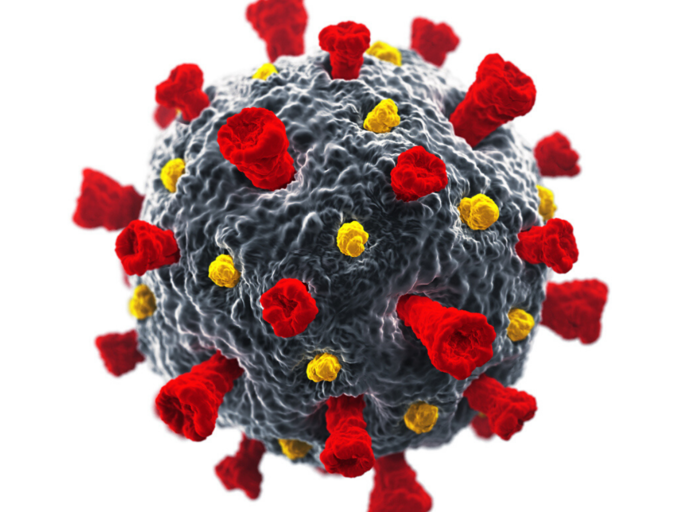
As countries across the globe continue to ease lockdown restrictions, more and more nations are witnessing a surge in COVID-19 cases including India. Infact, the number of positive coronavirus cases has reached 1,51,767 in India and resulted in more than 4,500 deaths. The world is frantically searching for a cure and we continue to learn more about the novel coronavirus with every passing day.
However, in addition to fast-tracking the production of a vaccine fit for humans, scientists and experts around the world are also keeping an eye on the mutation of SARS-CoV-2, the virus causing COVID-19.
02/7Why do viruses mutate
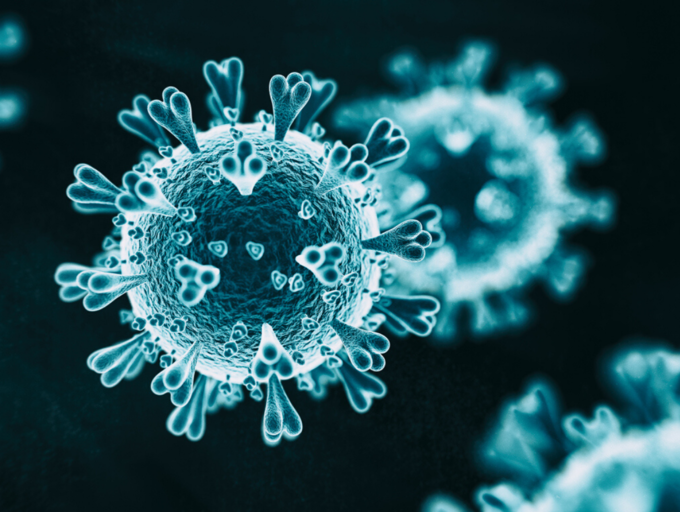
First things first, it is important to understand that mutation is the basic nature of viruses as it is a part of their life cycle. This means that those shifts and changes are a normal part of the life cycle of viruses as they are essentially a collection of genetic material packed inside a shell of protein. This shell is known as the capsid. The SARS-CoV-2 is a single-stranded RNA virus and when the virus enters the cells of the human body, it starts making new copies of itself to infect the other cells.
03/7The process of mutation
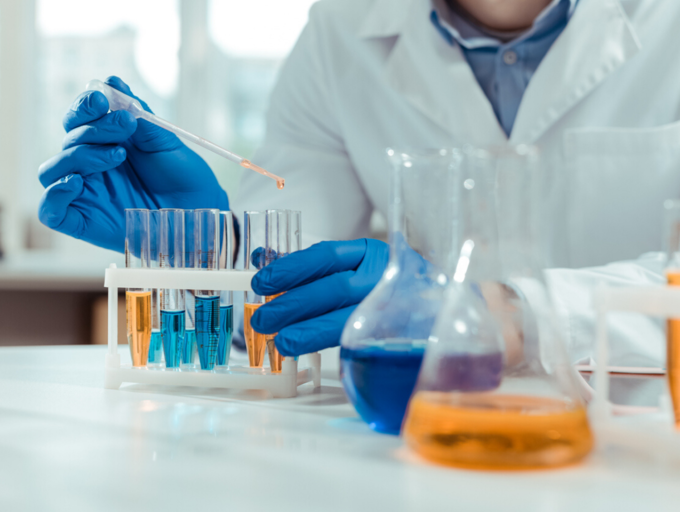
However, in the process of replicating, the virus makes mistakes in their genomes. This permanent change in the RNA sequence of the virus results in a permanent mutation. In general, RNA viruses tend to have high mutation rates, when compared to DNA viruses. Most mutations in the viruses do not cause any major advantages or disadvantages either to the virus or to the host.
04/7Is the novel coronavirus becoming less harmful or more aggressive?
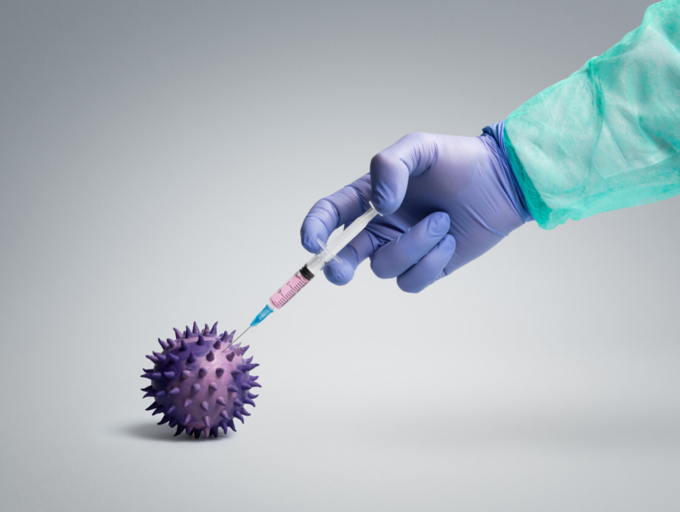
As of now, the virus is said to be mutating very slowly and making small changes to itself as RNA viruses are prone to mutations. According to a peer-reviewed study by the Chinese Academy of Sciences’ National Science Review, it was found that there were two clusters of the various strains of the novel coronavirus.
The “L” cluster was supposed to be the one found in Wuhan, China during the initial stages of the outbreak, while the “S” cluster could be found outside China. It was further noted that the “L” cluster may be more contagious and aggressive when compared to the latter. It is important to note that the “S” cluster was different than the “L” one due to two genetic changes.
05/7The consequence of mutations
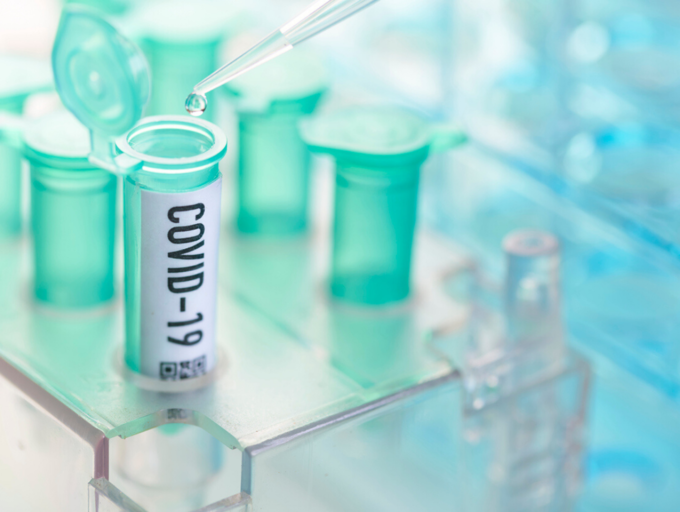
Furthermore, researchers of the UCL Genetics Institute and the University of Oxford, have noted 6,822 mutations of SARS-CoV-2 virus across the globe. 273 of these mutations were found to be repeating themselves in different patterns as per the researchers. Scientists of the UCL Genetics Institute believe that most of these mutations are neutral or either harmful to the virus itself.
On the other hand, early research done by the researchers at Los Alamos National Laboratory suggests that SARS-CoV-2 may be mutating in a more transmissible form (more contagious). Another research published in the Journal of Virology emphasised on a strange finding. It was found that a coronavirus patient in Arizona was infected by a mutated strain of SARS-CoV-2 which had a missing chunk of nucleoids. As per the scientists, this missing chunk may reduce the fitness of the virus.
06/7What does it all mean?
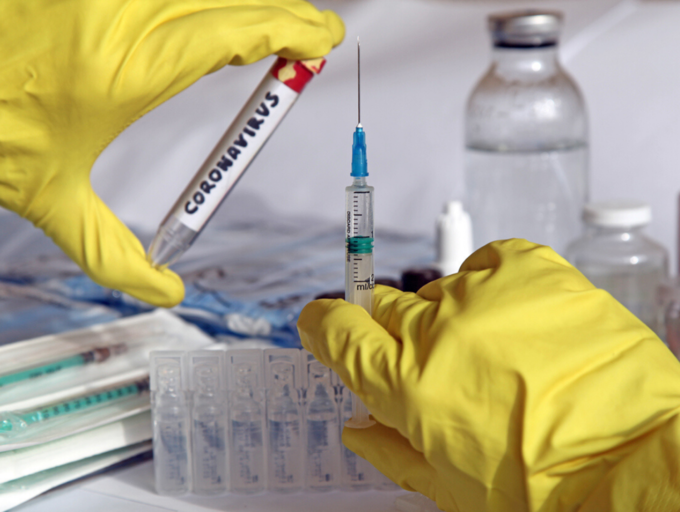
In this bag of mixed news, what remains constant is the fact more data and more research is needed to understand the implications of these mutations of SARS-CoV-2. Furthermore, medical experts had already expected these mutations owing to the nature of the viruses and it is the mutation of the receptor-binding domain which may be a bit of worrying. The receptor-binding domain is a short piece of the spike protein of the novel coronavirus.
07/7The bottom line

As the scientists and researchers continue to study more about the changing nature of the virus, the guidelines for combating the virus remain the same– washing your hands properly, practising social distancing, wearing face covers in public and not stepping out unless absolutely necessary.
Source https://www.adomonline.com/coronavirus-the-virus-causing-covid-19-is-changing-here-is-what-it-means/
Template as changed, I guess someone cleared the beautiful HTML code, I wrote for you.
ReplyDelete